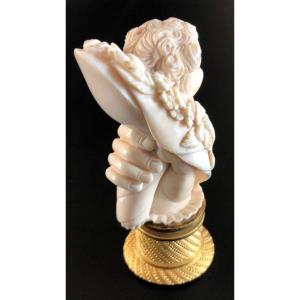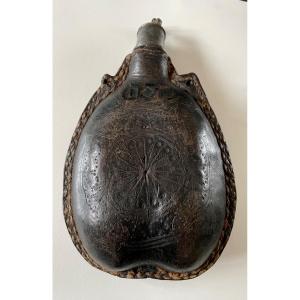Magnificent decoration and in the center of the geometric shapes of the edges of the scrolls and palmettes on the base of the stone.
The frame and the bottom are decorated with geometric patterns.
Palmettes adorn the corners.
The rectangular shape of the curve is used to determine the shape of the plate according to the shape of the geometry of the preparation of the drug after the tracer of the preparation before the effect of the homogeneous preparation of the preparation.
The particular form in which the specific abutment usage curve is used (below).
The pillbox has existed since the 18th century, in ivory, copper, silver or gold.
Origin of pills used to make medicines.
The origin of composition is the basis of knowledge of knowledge.
The composition is composed only of the ingredients used and incorporated into a liquid.
On and fit afterwards is a mixture which comes in the form of pasta to be cut after preparation.
The system evolves according to the mechanics, the pillars are also disparate.
There are still many examples that do not have rarer exhibition sources than museums.
The dough obtained was cut into more or less equal pieces then rolled in the hands or between the fingers.
However, the dosage was not perfect!
Since the 18th century, the new design has been invented
THE PILL BOX
composed of a serrated plate on which the dough was placed which made it possible to trace marks in order to be able to make a precise and homogeneous cut which was finished by rolling it between the fingers.
Gold snuff boxes are more common (not curved), however gold pill boxes are little known and rarer.
The object of the collection is that it is beautiful, invented and enriched with a service that is accompanied by modern pillars!
Historical research
In the 18th century, the inventor of the material, the pillar, by Mr. Antoine Baumé (1728-1804), French pharmaceutical and chemist, was designed for: a serrated plate like a saw, in ivory, leather or silver into which the dough.
The preparation tracer system is done using scissors on the cake after cutting, on the end of the cake in the dish, then the "mass" is finished, on the last softening of the cake 'shower' oil and fresh air after salvation...
Extract from Baumé's work.










































 Le Magazine de PROANTIC
Le Magazine de PROANTIC TRÉSORS Magazine
TRÉSORS Magazine Rivista Artiquariato
Rivista Artiquariato